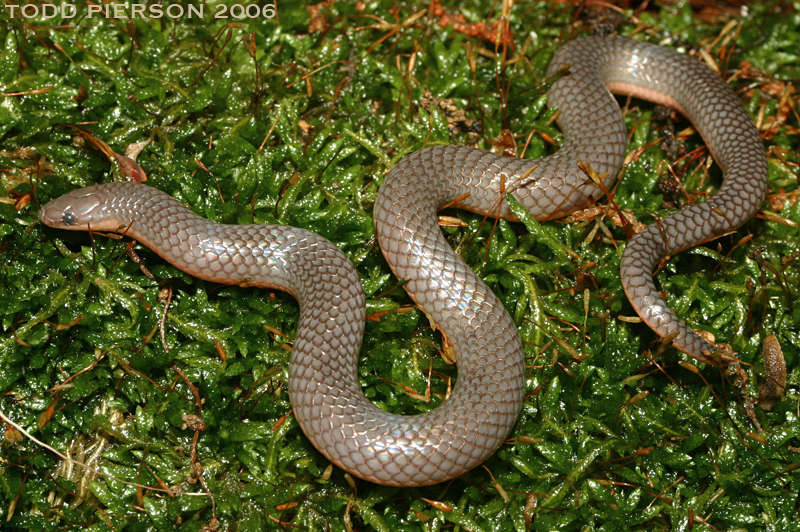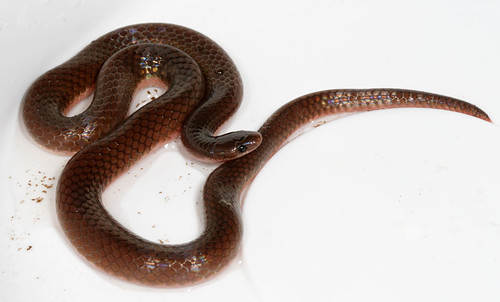

vermis will often release foul smelling musk from its cloaca.

The western worm snake's diet consists almost entirely of earthworms, but it will also consume soft-bodied insects. Hatchlings range in size from 3 to 4 inches (7.6 to 10.2 cm) in total length. Clutch size is normally 1-8 eggs, and hatching takes place in August or September. Little is known about the mating habits of the western worm snake, but breeding likely occurs in the early spring. It is abundant within its range, but rarely seen due to its secretive nature. vermis is fossorial, and spends the vast majority of time buried in loose, rocky soil, or under damp forest leaf litter. The western worm snake is found in the United States in southern Iowa, southeastern Nebraska, eastern Kansas, western Illinois, Missouri, Louisiana, eastern Oklahoma, and northeastern Texas with isolated records from southwestern Wisconsin, southeastern Arkansas and middle Tennessee. Īdults are usually from 19–28 cm (7.5–11 in) in total length (including tail) however, the maximum recorded total length is 37.5 cm (14.8 in). The western worm snake has a dark, black or purplish dorsal coloration, with a lighter, pink or reddish underside. The specific name, vermis, is Latin for "worm". Davidson College Herpetology Lab, Davidson, N.C.Carphophis vermis (common name western worm snake) is a species of small, nonvenomous colubrid snake native to the United States.

Cooperative Extension at 1450 Fairchild Road in Winston-Salem to pick up a free copy. Download here, or drop by the Forsyth County Center of N.C.

State University Extension offers the publication Reptiles and Amphibians in Your Backyard. When this happens stop and appreciate the opportunity to catch a rare glimpse of this diminutive reptile.įor further details on all North Carolina snakes visit the Amphibians and Reptiles of North Carolina website, maintained by the Davidson College Herpetology Lab and click on any “Snakes” thumbnail. They are sometimes encountered when digging in mulch or compost. Although common throughout the state, worm snakes are seldom seen in the wild due to their secretive nature. They seek food and shelter in leaf litter, rotting logs, or by burrowing into the soil where they seek out earthworms as a primary food source, along with insect larvae and slugs. When threatened they do not use bite but may wiggle around wildly before attempting to go undercover. Like most snakes in North Carolina, worm snakes are nonvenomous. Take another look to see that the worm snake is two-toned, displaying brown on the top with a pink underside. The worm snake, (Carphophis amoenus), is so small that at first glance one might mistake it for an earthworm, but look closely to see a body covered in dry scales and a small head with two noticeable eyes, traits not seen in earthworms.


 0 kommentar(er)
0 kommentar(er)
